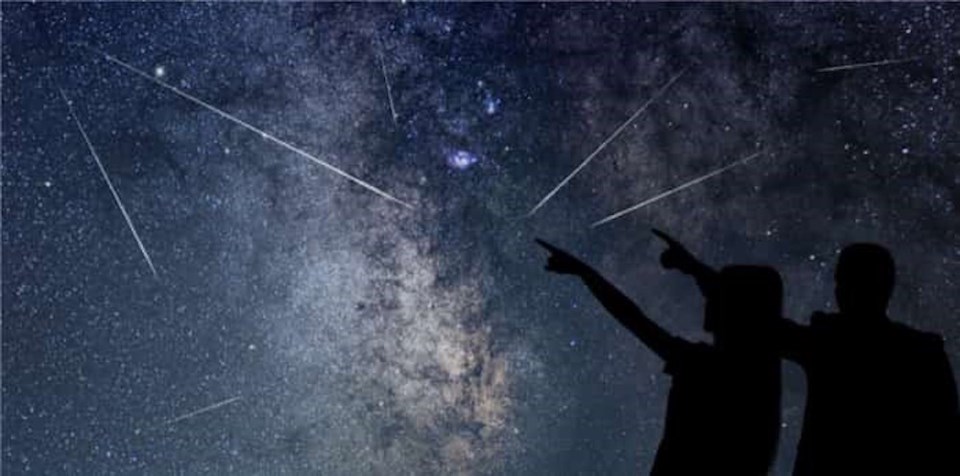Stargazers will have a great opportunity to spot twinkling stars and much more in the Metro Vancouver sky this weekend.
A new moon on Friday (Sept. 15) will create a darker night sky than usual. This lunar phase, which happens when the moon is aligned with the sun, creates ideal stargazing conditions because the moon appears to be invisible.
The New Moon phase lasts around a day or two, giving avid stargazers a chance to observe more celestial objects over the weekend.
What can you see in the sky during the New Moon on September 15?
According to this sky map, Vancouver locals will be able to get a glimpse of several planets.
Jupiter and Saturn will be perfectly visible starting Friday evening. Saturn will rise just before 7 p.m. and Jupiter will follow around 9 p.m. Both will set in the morning.
Venus will also be visible from around 3:30 a.m. to 5:30 p.m. on Saturday.
Some may be able to see Uranus, but Mercury, Mars, and Neptune will be difficult to spot, according to the sky map.
Comet Nishimura
The recently discovered green comet will be at its closest to Earth around Sept. 12 or 13 and may be visible to the naked eye for a few nights. Those with telescopes or big zooms on their cameras might be able to spot the comet now on the western horizon early in the morning, just before the sun rises.
For folks trying to spot it, the comet will have a slightly greenish hue to it and may look like a smudge more than a clearly defined point of light with a trail.
Zodiacal light
Between Sept. 14 and the full moon on Sept. 29, stargazers may be able to see something called Zodiacal light.
The term refers to sunlight scattered by interplanetary particles that are concentrated in the plane of the solar system, according to space.com, which is the same material that produces meteor showers.
It typically appears for about half an hour before dawn on moonless mornings, meaning that this weekend's new moon will increase the odds of spotting it.
The astronomy website advises sky-watchers to "look for a broad wedge of faint light extending upwards from the eastern horizon and centred on the ecliptic (the green line)."
With a file from Brendan Kergin




